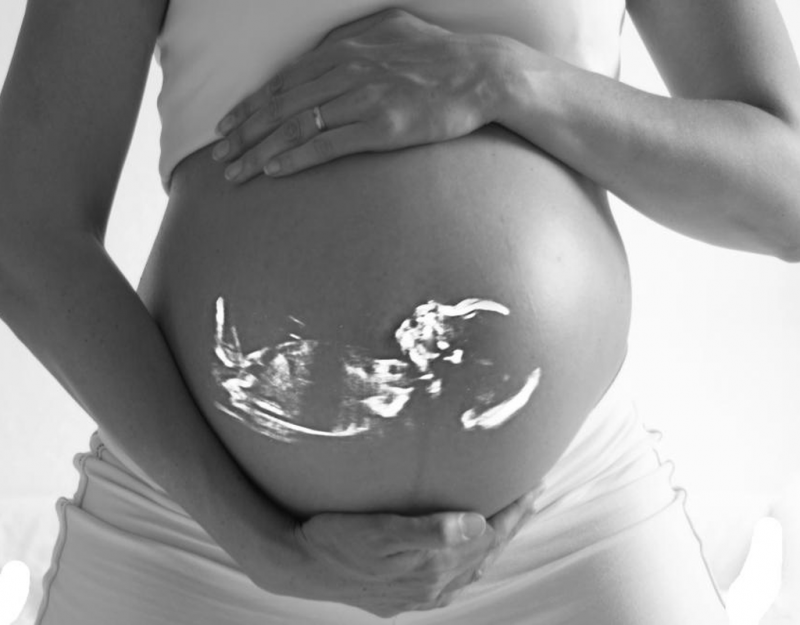With caesarean rates in New Zealand hovering around 25%, the issue of VBAC – vaginal delivery after birth – is becoming more of a talking point than ever amongst mums who would like to attempt a vaginal birth in their second, or subsequent, delivery after experiencing a caesarean birth.
VBAC has traditionally been a controversial choice with most obstetricians considering them too risky for mum and baby. But this is possibly outdated thinking and the old adage of ‘Once a caesarean, always a caesarean’ need not apply to all women who have previously undergone a c-section.
There are risks and benefits associated with both a VBAC and repeated c-sections, so ensure that you are fully informed before making a decision about how you want to give birth.
The advantages of a VBAC
Statistically, the risks of complications, the most common being some type of infection, associated with a caesarean delivery are much higher than the complication rate of vaginal births – around 25% compared to 1.5-3%. While VBACs can carry higher risk factors, it is worth remembering that vaginal deliveries generally experience less complications.
Other benefits of a vaginal delivery include:
Getting up and about quickly
A caesarean birth is major abdominal surgery that requires longer recovery time, strong pain medication and a longer stay in hospital. Most post-caesarean mothers need extra help caring for her newborn in the first days after birth due to needing extra rest and having to be careful of her wound.
Feeding and bonding.
For women undergoing a caesarean, there is a necessary delay in these special first moments spent together with their newborn. Feeding and bonding can also get off to a rocky start in the first days after a caesarean due to recovery time and pain management.
Having the vaginal birth experience
For many women, experiencing a vaginal birth is an integral part of her identity as a strong woman. Many women who have a c-section – even an emergency c-section – come away from the experience feeling that their body let them down, that they somehow failed or took the easy ‘painless’ way out of birth – even though a caesarean is anything but the painless option.
The disadvantages of a VBAC
The main – and considerable – complication for women during a VBAC is a uterine rupture. A uterine rupture occurs when the scar from a previous caesarean splits open during labour and is potentially life-threatening. A uterine rupture usually occurs during labour but it can occur during the last few weeks of pregnancy when the caesarean scar is stretched to its fullest.
There are three ways a uterine rupture can occur:
-
Complete uterine rupture
Up to 0.7% of women with a caesarean scar in the lower part of their uterus will experience a uterine rupture. A ruptured uterus can be life-threatening for mother and baby. 25-30% of babies can die (approximately 3 in every 10 000 VBACs). Most babies will survive when an emergency caesarean is performed.
In rare cases, women can die from uterine rupture from shock associated with excessive blood loss. The more likely complication of a uterine rupture is the need for a hysterectomy.
The good news though, is that if you have previously had a successful VBAC, the chances of a ruptured uterus are significantly reduced with each successful vaginal birth.
-
Uterine dehiscence
Not usually requiring any treatment, a uterine dehiscence can occur during the last weeks of pregnancy when the caesarean scar thins and separates slightly, creating a ‘window’. 0.7% of women with a caesarean scar will experience uterine dehiscence. These days, many obstetricians recommend looking for separations using an ultrasound of the lower part of the uterus for women considering a VBAC.
-
Uterine rupture with no scar
It should be noted that, though extremely uncommon, it is possible for a spontaneous rupturing of the uterus to occur in women who have never had a caesarean delivery. Again, 0.7% of women will experience a uterine rupture without a caesarean scar.
I want a VBAC
With New Zealand rates of caesarean births higher than the World Health Organisation’s recommended 10-15%, it seems that much of the difficulty New Zealand women have in achieving a VBAC lies in finding a network of health professionals who are willing to support her wishes.
Doctors are naturally risk-adverse and have historically recommended repeat caesareans because they consider these as having the best outcome for both mother and baby. In a controlled environment, they can deliver a healthy baby with minimal risk of complications.
However, having a trial of labour and attaining a VBAC is possible. Shop around for a medical caregiver who supports your desire for a VBAC. And then ask questions such as:
- How do they feel about induction? Some medical practitioners won’t induce a VBAC and instead recommend a repeat c-section.
- How do they feel about overdue babies? Again, some medical practitioners don’t recommend attempting a VBAC when expectant mothers go past their due date.
- What are unacceptable risk factors for VBAC? While there are some women who genuinely don’t fit the criteria for a VBAC, the majority of women do. Check with your health professionals what they consider unacceptable risk factors.
- At what point in a trial of labour would they suggest a repeat caesarean? Labour can be long and tough and you need to know before you begin that you will be allowed to give it a good go before your doctor suggests opting for a caesarean.
NOTE!
Though much harder to find, it is possible to find a medical caregiver who supports VBAC +2. If you have already undergone a repeat caesarean, it is still possible to find a doctor willing to support your desire for a VBAC if you are eligible.
Why you can’t have a VBAC
There are some women who simply cannot attempt a VBAC because of medical reasons that would unreasonably put her and her baby at too greater risk. These include:
- Previous uterine rupture or dehiscence
- Previous classic caesarean section – A classic caesarean incision is a long vertical cut as opposed to the low horizontal incision that is more common these days. The classic caesarean incision is only used in rare situations these days, usually for the birth of a premature baby and this type of cut does preclude mothers from a VBAC because of the much higher risk of uterine rupture.
- Multiple birth – While not an immediate disqualification, a multiple birth (twins or more) generally puts more pressure on a caesarean scar and is a higher risk pregnancy. For these reasons, many medical professionals don’t recommend a VBAC.
This article was written by Ella Walsh for Kidspot NZ, New Zealand’s best family health resource.







Leave A Comment
You must be logged in to post a comment.